rjm522
TPF Noob!
Greetings all....new member and my first post.
I recently purchased a Nikon D5100 with the 18-55mm lens and the 55-300mm lens. I primarily use the camera for sports photography of my children, who play high school level Lacrosse. I currently use the sports mode on the camera dial as Lacrosse is a very fast moving sport. I also like the ability to shoot continuously. I have gotten some really good shots of the boys scooping, running and shooting the ball but know there is more to the camera then I am using. I have purchased the book "Nikon D5100 for dummies" and am in the process of reading through it. My head is spinning with information. I get that in order to get the best pictures I need to take creative control of the camera and adjust some - or all - of the settings but the task seems daunting. Yesterday all the shots I took - using the sports mode - were way to bright compared to last week's game pictures. The sun was lower in the sky - late afternoon game - so I don't know if that any influence. Luckily Picasa has an auto contrast button that seemed to even things out. The focus was not all that clear on some of them either.
My questions are many but I will start with this one. What aspect of creating the picture do I start with? I want action shots of the children playing a fast moving game. The size of the field is almost the same as football and the parents are restricted to the opposite sideline from the players so I can't move around too much to get the shots. The games are held outdoors in bright sun to cloudy skies. I only use the zoom lens due to the distance I am away from the subjects. I briefly fiddled with the "S" selection on the dial, but the picture came out black. I then tried the "A" position but the shutter took a long time to click and the picture was blurry. I have moved focal points, put a polarized lens on the end of the zoom to help with glare as well as a UV filter but alas I know I can take a better picture. Any suggestions you all might be able to offer would be greatly appreciated. I need something web based as opposed to taking a class due to my work schedule.
Thanks in advance to all who respond. BTW, I went from a small point and shoot to this Nikon so i am NOT well versed in the art of photography.
I recently purchased a Nikon D5100 with the 18-55mm lens and the 55-300mm lens. I primarily use the camera for sports photography of my children, who play high school level Lacrosse. I currently use the sports mode on the camera dial as Lacrosse is a very fast moving sport. I also like the ability to shoot continuously. I have gotten some really good shots of the boys scooping, running and shooting the ball but know there is more to the camera then I am using. I have purchased the book "Nikon D5100 for dummies" and am in the process of reading through it. My head is spinning with information. I get that in order to get the best pictures I need to take creative control of the camera and adjust some - or all - of the settings but the task seems daunting. Yesterday all the shots I took - using the sports mode - were way to bright compared to last week's game pictures. The sun was lower in the sky - late afternoon game - so I don't know if that any influence. Luckily Picasa has an auto contrast button that seemed to even things out. The focus was not all that clear on some of them either.
My questions are many but I will start with this one. What aspect of creating the picture do I start with? I want action shots of the children playing a fast moving game. The size of the field is almost the same as football and the parents are restricted to the opposite sideline from the players so I can't move around too much to get the shots. The games are held outdoors in bright sun to cloudy skies. I only use the zoom lens due to the distance I am away from the subjects. I briefly fiddled with the "S" selection on the dial, but the picture came out black. I then tried the "A" position but the shutter took a long time to click and the picture was blurry. I have moved focal points, put a polarized lens on the end of the zoom to help with glare as well as a UV filter but alas I know I can take a better picture. Any suggestions you all might be able to offer would be greatly appreciated. I need something web based as opposed to taking a class due to my work schedule.
Thanks in advance to all who respond. BTW, I went from a small point and shoot to this Nikon so i am NOT well versed in the art of photography.
Last edited:


![[No title]](/data/xfmg/thumbnail/33/33029-f4556b4c89cecbad12ebe6b782a51ef5.jpg?1619735843)
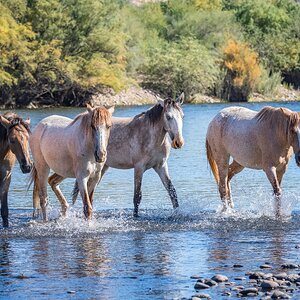
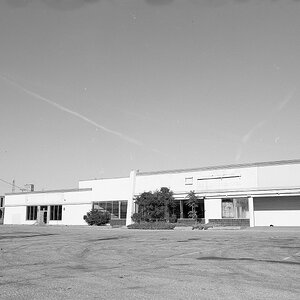
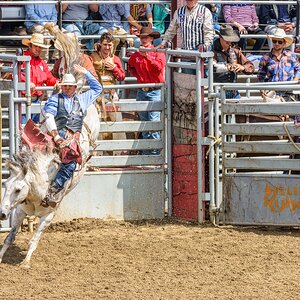
![[No title]](/data/xfmg/thumbnail/30/30860-944669dcf33f1f20df14586c78ed2608.jpg?1619734480)

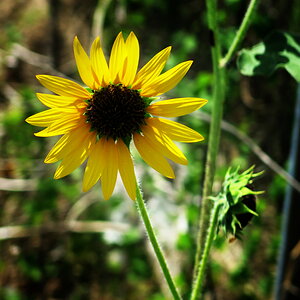
![[No title]](/data/xfmg/thumbnail/38/38262-10a9668da9a2b36a92cddde57caf87bc.jpg?1619738547)
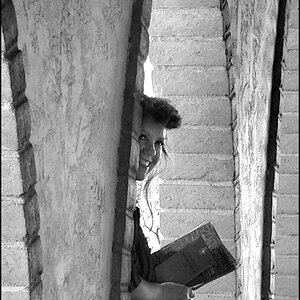
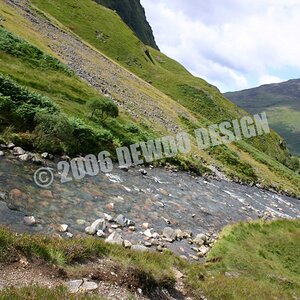
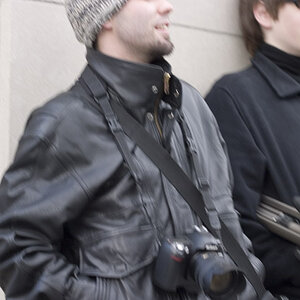
![[No title]](/data/xfmg/thumbnail/32/32930-09414fc020c2a60a456ff59a05c5ef8f.jpg?1619735759)